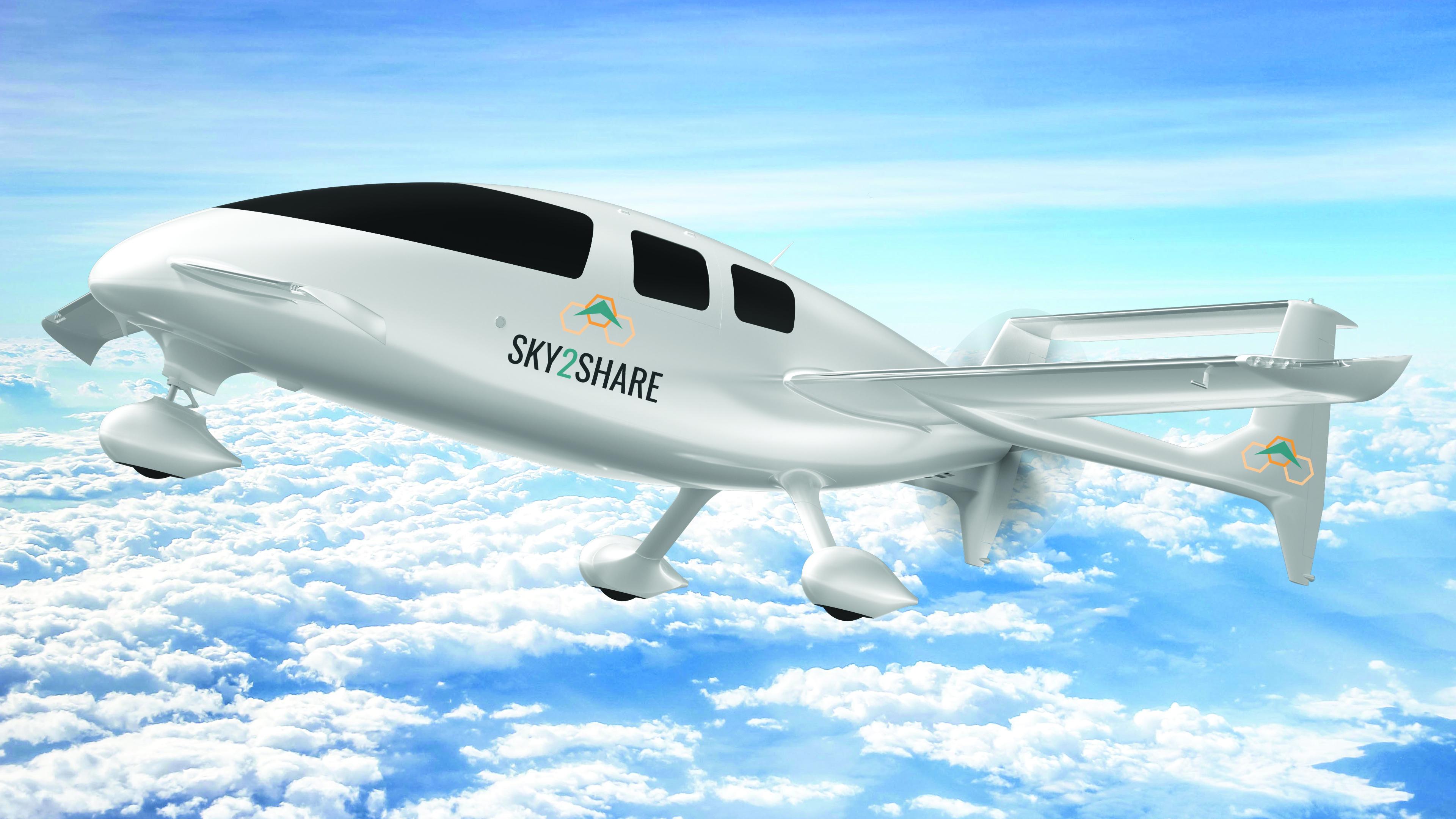
VoltAero plans to use the Kawasaki Ninja H2 motorcycle engine to power its hybrid-electric Cassio 330.
Kick-starting the green aviation industry will not be easy, but French startup VoltAero says it has found a way to speed up adoption of its Cassio family of hybrid-electric passenger aircraft.
The company is relying on a single piston engine for its initial Cassio 330, a design choice it says will simplify adoption and certification of the five-seat aircraft. The startup, which unveiled its initial test aircraft at the Paris Air Show on June 18, also plans to reduce the aircraft’s emissions with biofuel and hydrogen-burning variants of that engine.
- Company aims to avoid the complications of multiple engines
- Flight testing on the Cassio 330 five-seater to start later this year
“The [Private Pilot License operator] of today can perfectly fly this plane,” VoltAero CEO and Chief Technology Officer Jean Botti tells Aviation Week. “From a certification standpoint, we have tried to simplify as much as we can to be able to have something that is not considered multiple-engine.”
VoltAero says the Cassio 330 will use the same internal combustion engine that powers the Kawasaki Ninja H2 motorcycle. The four-cylinder piston engine weighs 75 kg (165 lb.) and will produce 150 kW of power.
The engine disclosure comes after Kawasaki Motors made a strategic investment of an undisclosed amount in VoltAero as part of the startup’s Series B funding round, VoltAero said in May. Kawasaki will help certify the H2 engine with aviation regulators, Botti adds. The French government announced on June 8 a €5.6 million ($6.1 million) grant to VoltAero for development of the Cassio aircraft family.
The company says its Cassio 330 aircraft will use electric motors to turn the pusher propeller during taxi, takeoff, primary flight and landing. The aircraft will be entirely battery-powered on flights of less than 150 km (93 mi.). For longer flights, its internal combustion engine will recharge the aircraft’s batteries to extend its range and serve as a backup in case of problems with the electric propulsion system. Safran is supplying the electric motors and Electric Power Systems is providing the battery system for the Cassio 330.
A single-engine, hybrid aircraft ought to have a lower cost of ownership, Botti says. “By having one module—all integrated with Safran electric and Kawasaki thermal—we get to a very nice combination that is cost-effective,” he adds.
VoltAero is testing a biofuel-burning variant of the H2 engine on the bench now, with plans to demonstrate a hydrogen-fueled version in about 18 months, Botti says.
The startup decided against putting a fuel cell in its Cassio family of aircraft because the type is “not efficient enough,” says Botti, adding he had experience with hydrogen-fueled piston engines from working at General Motors.
To get the Kawasaki H2 to burn hydrogen, the injection system and the pressure in the chamber will need modifications. Otherwise, the engine block is mostly the same, Botti says. Hydrogen would be stored as a liquid.
VoltAero’s Cassio 330 is a clean-sheet regional aircraft with a forward-fixed canard, an aft-set wing with a high-boom tail and a single aft fuselage-mounted pusher propeller. By going with a clean-sheet design instead of retrofitting an existing airframe with a hybrid power system, the company has achieved 50% more aerodynamic efficiency with the Cassio 330 than with similar aircraft such as the Cirrus SR22, Botti says.
In the future, the French company also plans to develop a six-seat Cassio 480 and 12-seat Cassio 600. It sees the initial Cassio 330 aircraft best suited for air taxi, charter, cargo, postal delivery, medical evacuation flights and private ownership.
Deliveries of the first examples of the Cassio 330 have slipped over time from the fourth quarter of 2023 to “early 2025.” VoltAero is spinning up to fly two prototypes of that aircraft, the Cassio 21 and Cassio 22, by the end of 2023 and in the first quarter of 2024, respectively, the company says.
The Cassio 21 will be powered by a conventional certified piston engine and will be used to validate the airframe and aerodynamics of the Cassio 330, VoltAero says. The Cassio 22 will be used for flight testing the hybrid propulsion unit.
